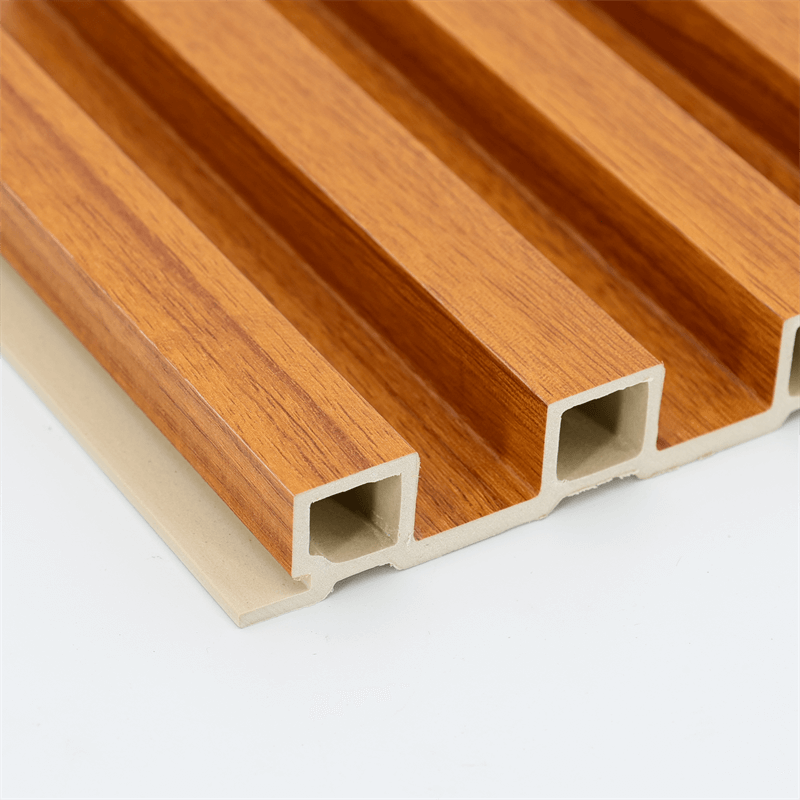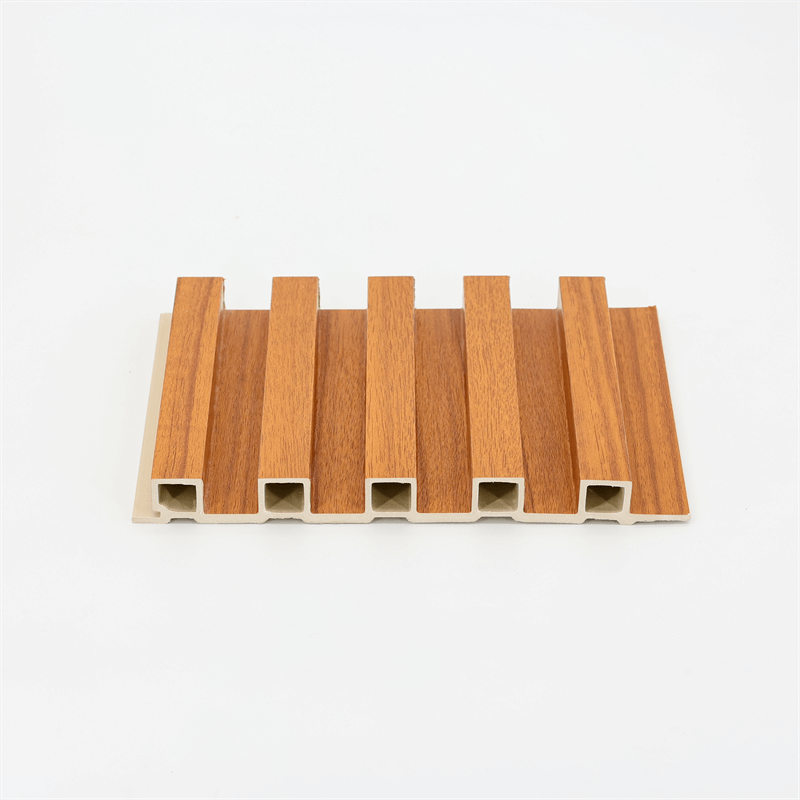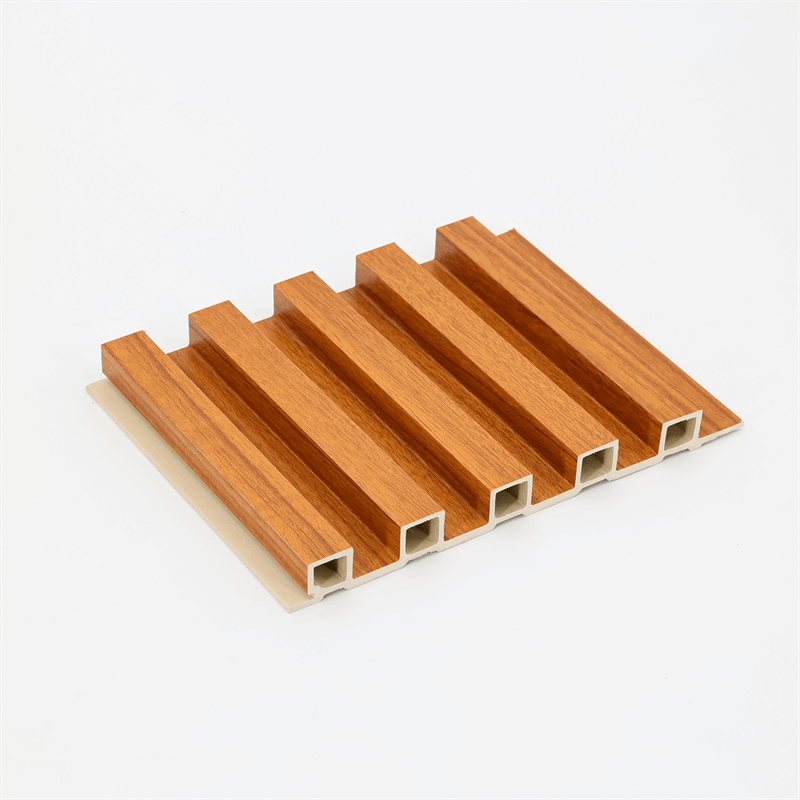In the world of interior design and architecture, creating a cohesive and visually pleasing space is paramount.
Every element, from furniture to flooring, plays a crucial role in achieving a harmonious design.
When it comes to wall coverings, the choice of materials is pivotal in setting the tone and ambiance of a room.
Wood Plastic Composite (WPC) wall panels have emerged as a versatile and sustainable solution that seamlessly integrates into various design styles.
In this essay, we will explore the benefits of WPC wall panels and how they contribute to creating cohesive designs.
I. Understanding WPC Wall Panels: A Fusion of Aesthetics and Functionality
WPC wall panels are made from a blend of wood fibers and thermoplastics, offering a unique combination of natural beauty and durability.
These panels are engineered to mimic the appearance of traditional wood while providing enhanced moisture resistance, dimensional stability, and low maintenance requirements.
Available in a variety of colors, textures, and finishes, WPC wall panels offer designers and architects a wide range of options to achieve their desired aesthetic.
II. Versatility in Design: Adapting to Diverse Styles and Settings
One of the key advantages of WPC wall panels is their ability to seamlessly integrate into different design styles, whether it’s a contemporary urban space or a rustic countryside retreat.
These panels can be easily customized to match specific design requirements, providing architects and designers with the freedom to experiment and create unique visual experiences.
The versatility of WPC wall panels enables them to be utilized in residential, commercial, and even outdoor applications, making them a suitable choice for a wide range of projects.
III. Creating a Cohesive Design Narrative: Coordinating with Other Design Elements
Achieving a cohesive design is all about ensuring that various elements within a space work harmoniously together.
WPC wall panels play a crucial role in this regard by providing a visually pleasing backdrop that coordinates effortlessly with other design elements.
Whether used as an accent wall or as a consistent covering throughout a space, the natural warmth and texture of WPC wall panels can complement different flooring options, furniture styles, and decorative accessories. This seamless integration contributes to a unified design narrative that enhances the overall aesthetic appeal.
IV. Sustainability and Durability: A Responsible Design Choice
As the world becomes increasingly conscious of environmental sustainability, architects and designers are seeking materials that align with their eco-friendly objectives.
WPC wall panels offer a sustainable alternative to traditional wood panels, as they are primarily made from recycled materials and require fewer resources for production.
Additionally, WPC panels are highly durable, resistant to rot, moisture, and insect damage, ensuring their longevity and reducing the need for frequent replacements.
By incorporating WPC wall panels into their designs, professionals can make a responsible choice without compromising on aesthetics or performance.
Seamless integration is a key aspect of creating cohesive designs that leave a lasting impression.
WPC wall panels have emerged as a versatile and sustainable solution that effortlessly integrates into various design styles.
With their ability to adapt to different settings, coordinate with other design elements, and contribute to a responsible design approach, WPC wall panels have become an invaluable resource for architects and designers.
By leveraging the natural beauty, durability, and customization options offered by WPC wall panels, professionals can create spaces that not only inspire but also reflect their clients’ unique vision.
Embracing the seamless integration of WPC wall panels opens up a world of design possibilities, transforming ordinary spaces into extraordinary works of art.
Ease of Installation and Maintenance: Streamlining the Design Process
In addition to their aesthetic and functional benefits, WPC wall panels offer ease of installation and maintenance, making them an attractive choice for designers and architects.
The panels are lightweight and come in pre-cut sizes, allowing for quick and efficient installation.
This streamlined installation process saves time and labor costs, making it an efficient solution for both residential and commercial projects.

Furthermore, WPC wall panels are designed to be low maintenance, requiring minimal upkeep over time.
Unlike traditional wood panels, they do not require staining, sealing, or regular painting to maintain their appearance.
Simple cleaning with mild soap and water is sufficient to keep the panels looking their best, reducing the overall maintenance burden for homeowners or building managers.
Sound and Thermal Insulation: Enhancing Comfort and Functionality Another advantage of WPC wall panels is their ability to provide sound and thermal insulation.
The combination of wood fibers and thermoplastics in WPC panels creates a barrier that helps reduce noise transmission,
making them an excellent choice for spaces where acoustic performance is crucial, such as offices, schools, and residential areas.
Additionally, the insulation properties of WPC panels contribute to energy efficiency by reducing heat transfer, leading to improved thermal comfort and potentially lower heating and cooling costs.
Customization and Design Flexibility: Unleashing Creative Potential WPC wall panels offer a wide range of customization options, allowing designers and architects to unleash their creative potential.
The panels can be cut, shaped, and molded into various sizes and forms to create unique patterns, textures, and even three-dimensional effects.
This flexibility opens up endless design possibilities, enabling professionals to create eye-catching focal points or incorporate intricate details into their projects.
Whether the goal is to achieve a minimalist, modern look or a more ornate, traditional aesthetic, WPC wall panels can be tailored to meet specific design objectives.
Cost-Effectiveness: Balancing Budget and Quality Design projects often require a delicate balance between achieving the desired aesthetic and working within a budget.
WPC wall panels offer a cost-effective solution without compromising on quality or style.
Compared to natural wood panels, WPC panels are typically more affordable, making them accessible to a wider range of projects.
Additionally, the long-term durability and low maintenance requirements of WPC panels help reduce ongoing maintenance and replacement costs, providing further cost savings over time.
Seamless integration, versatility, sustainability, ease of installation, and maintenance are all crucial factors to consider when selecting materials for interior design projects.
WPC wall panels check all these boxes, making them an excellent choice for architects and designers seeking cohesive, visually appealing, and sustainable solutions.
With their ability to adapt to different styles, coordinate with other design elements, and offer numerous customization options,
WPC wall panels provide a platform for creative expression while contributing to a responsible and efficient design process.
By embracing the advantages of WPC wall panels, professionals can create captivating spaces that stand the test of time, balancing aesthetics, functionality, and environmental consciousness.


